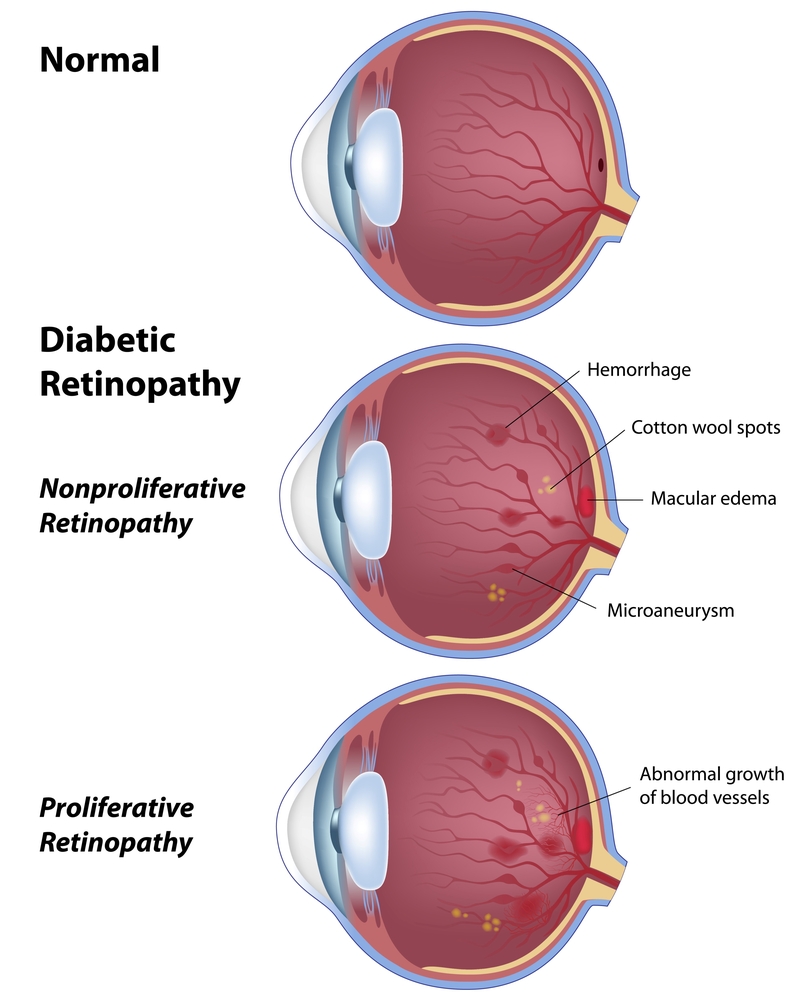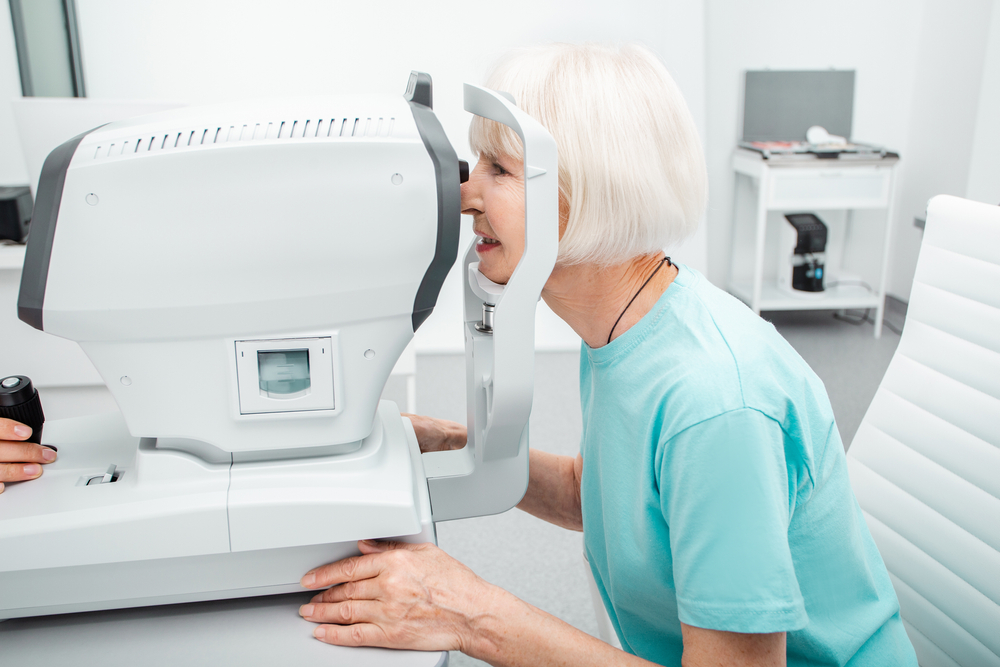Diabetes can affect several aspects of your health. One considerable aspect of your health that needs monitoring when you have diabetes is your eyes.
There are several diabetic eye diseases and eye conditions that you’re at an increased risk of developing if you have diabetes. Many people with diabetes end up losing their vision, but you don’t have to be one of them.
Vision loss from diabetic eye conditions is irreversible, but it is preventable. The only way to treat it is by having regular eye exams. Diabetic eye exams, in particular, are vital in preventing permanent vision loss. Keep reading to find out what to expect at your diabetic eye exam.
Diabetes and Eye Conditions

Why are you more likely to have certain eye conditions if you have diabetes? Diabetes increases your glucose levels, especially when it’s uncontrolled.
High glucose levels affect blood vessels all over the body, but the blood vessels in your eyes are especially prone as they’re tiny. Blood vessels that supply the retina with oxygen can become swollen and leak, causing diabetic retinopathy.
Macular edema, another eye condition, similarly occurs when blood vessels in the middle of the retina, called the macula, swell and cause the macula to swell up. Diabetes also increases your risk of developing glaucoma.
Glaucoma usually occurs if there’s too much fluid in the eye, which can be affected by blood vessels. All these conditions can adversely affect your eyes’ health, causing irreversible vision loss.
These conditions also usually don’t have any symptoms during their early stages, so the only way to diagnose them is by having eye exams.
The Importance of Eye Exams
Eye exams are essential for everyone, especially people over 40. However, their importance grows if you have diabetes.
If you have diabetes, you should have a diabetic eye exam at least once a year, as your eye doctor recommends. Vision loss from diabetes is preventable mainly through treatment, but the only way to receive treatment is if your ophthalmologist diagnoses you appropriately.
The only way to do that is by closely examining your eye for subtle signs of eye conditions in their early stages. Although diabetic eye conditions have no cure, treatment options are available.
These treatments effectively slow and even prevent vision loss, so early eye exams can help prevent total vision loss due to diabetes.
Is a Diabetic Eye Exam Different from a Comprehensive Eye Exam?
A diabetic eye exam and a comprehensive eye exam are very similar. Both exams involve testing your visual acuity and other vital eye functions.
The main difference is that during a diabetic eye exam, your eye doctor examines blood vessels while looking for early signs of diabetic eye conditions, which they do in several ways.
What a Diabetic Eye Exam May Include

When you have a diabetic eye exam, your eyes will be dilated. This will allow your ophthalmologist to see the inside of your eyes and examine your retina and optic nerve.
This is also standard for comprehensive eye exams. They’ll also measure your eye pressure, which involves an instrument that briefly blows a puff of air onto your eye.
They may also use special imaging equipment to take a more detailed look at the inside of your eye. This is done with Optical Coherence Tomography (OCT).
Eye doctors usually use OCT for high-risk patients with certain eye conditions, so it’s more common to use it during a diabetic eye exam. OCT is very noninvasive and only requires you to keep your head in place and look at a light while pictures of your eye are taken.
Fluorescein Angiography
Fluorescein angiography is a test unique to diabetic eye exams. Your eye doctor may perform it to examine your eye’s blood vessels more closely, as OCT imaging alone isn’t conclusive.
Fluorescein angiography is performed by injecting a fluorescent dye into the bloodstream through a vein in the arm. The dye highlights the blood vessels in the body up to the eyes.
Using dye allows your eye doctor to clearly see any signs of swelling or damage to blood vessels when looking inside your dilated eyes and taking pictures with imaging equipment.
Maintaining Your Eye Health

After your diabetic eye exam, your eye doctor can diagnose any issues and recommend treatment. If your eyes are healthy, they advise you to continue managing your diabetes.
You’re more likely to develop eye conditions if your blood sugar levels are too high. The best way to manage your diabetes is to lead a healthy lifestyle by eating well and exercising.
However, just having diabetes increases your risk of developing eye conditions. The longer you’ve had diabetes, the higher your risk of developing these conditions becomes, even if you’ve managed your blood sugar.
The second best thing you can do to keep your eyes healthy when you have diabetes is to schedule eye exams regularly with your eye doctor. Do you have diabetes and need an eye exam?
Make your eyes a priority by scheduling your appointment today at Sugiki Portis Eye Center in Honolulu, HI! Why wait when you could have happier and healthier eyes?





